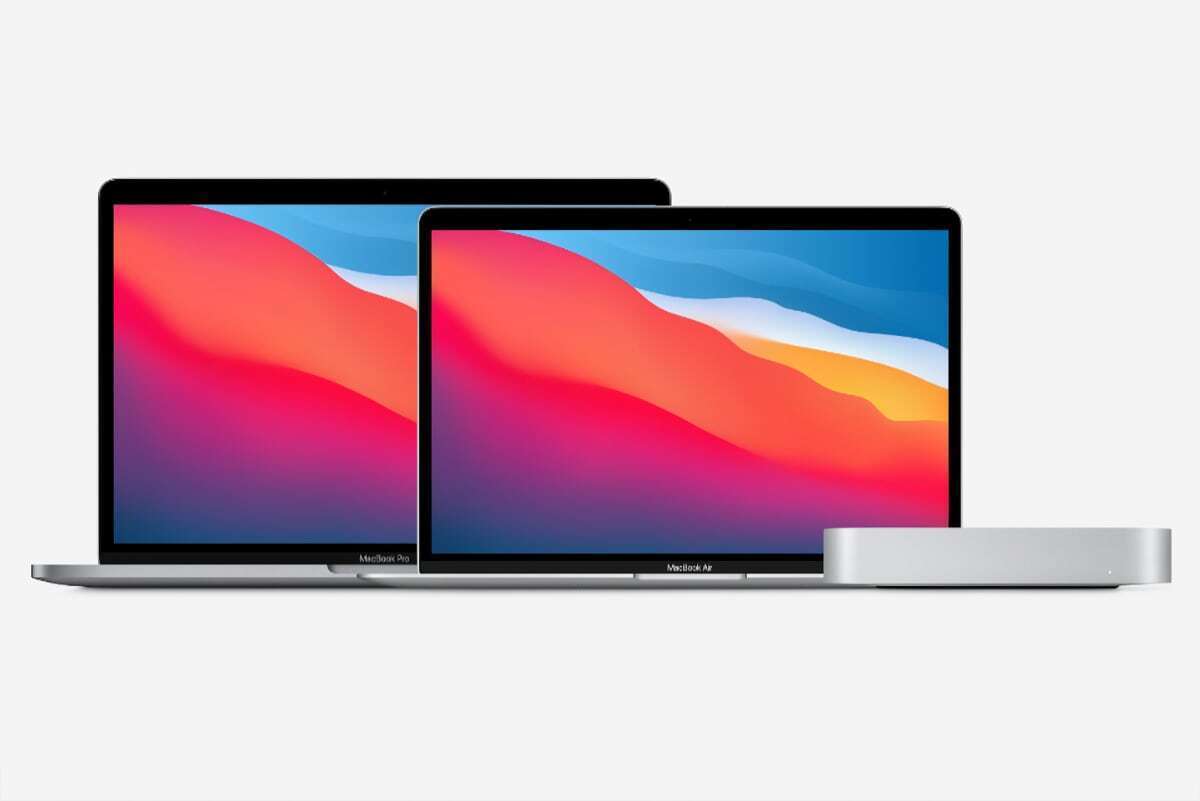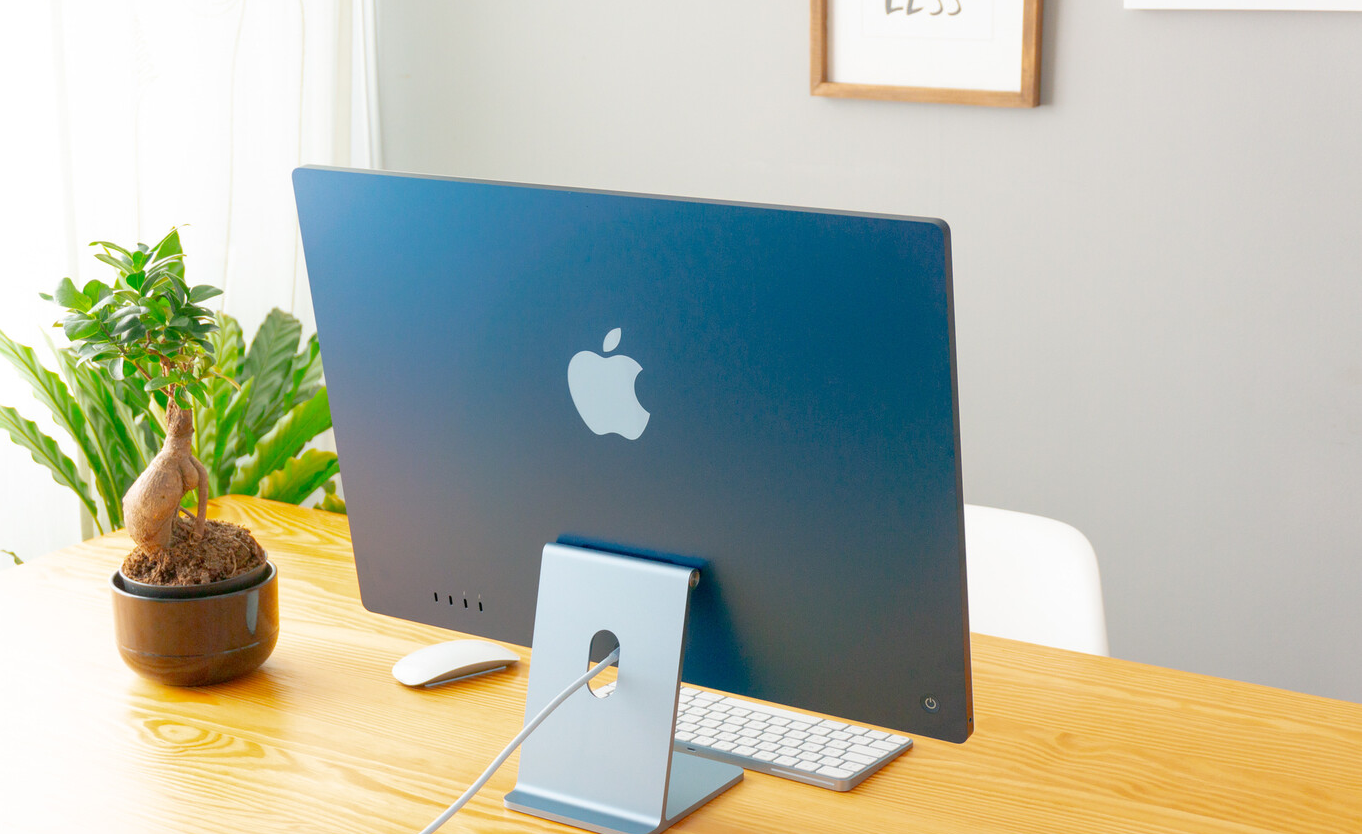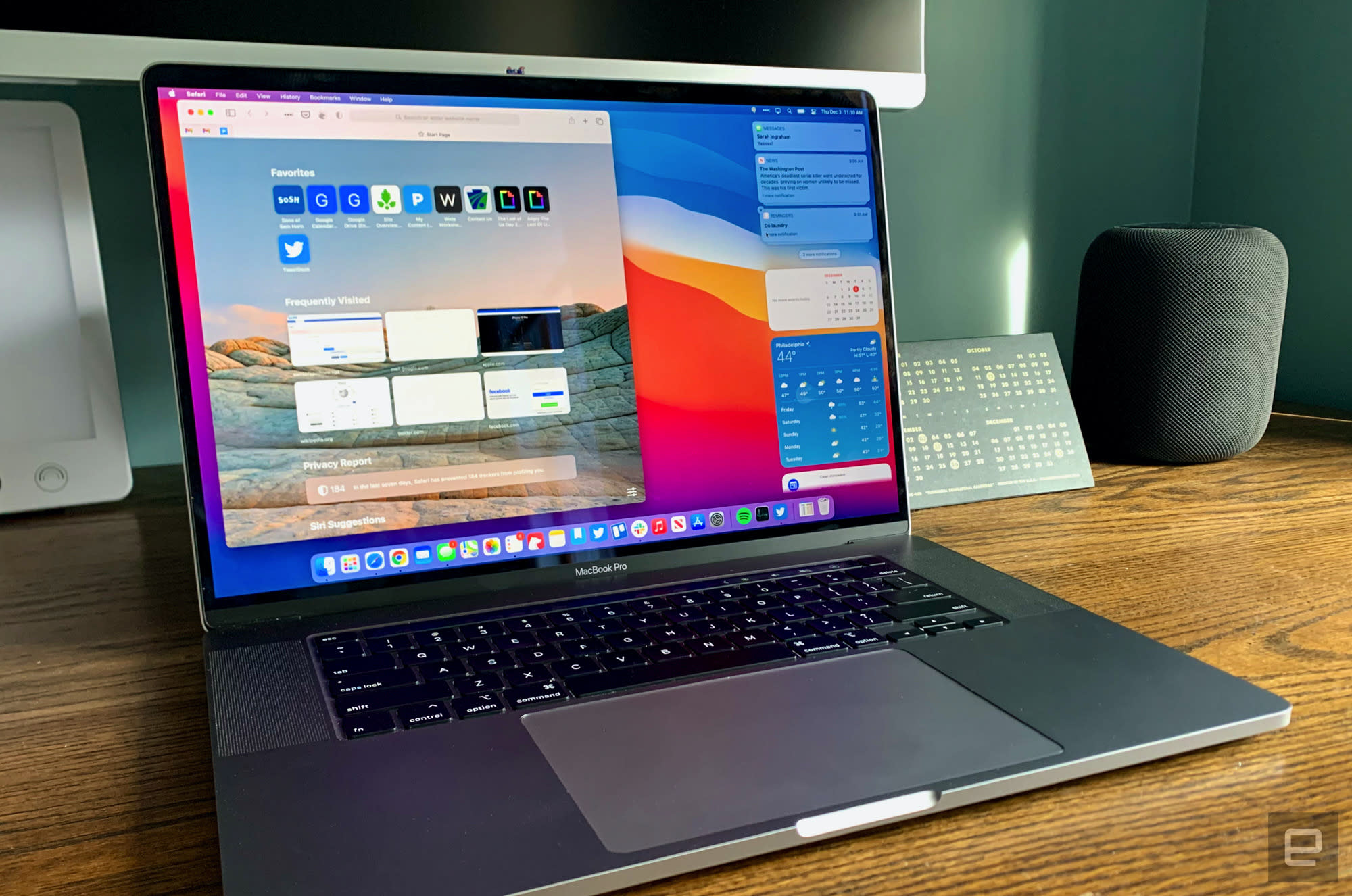

PHOTOS FOR MAC REVIEW PRO
Unlike the pricier iPhone 13 Pro and Max, the iPhone 13’s screen has to make do with a 60Hz refresh rate – it’s only the more expensive models that get to enjoy a 120Hz display. As before, it’s a True Tone display that supports Wide Colour. Screen resolution is 2532 x 1170 pixels with a pixel density of 460 ppi (pixels per inch). But Apple claims it’s more efficient and has hiked maximum brightness by 28 per cent to a claimed 800 nits for SDR and 1200 nits for HDR content. Not a huge amount has changed on the screen front – the iPhone 13 still has a 6.1-inch Super Retina XDR OLED display that has been toughened by Apple’s Ceramic Shield. We wouldn’t say the difference in speed when performing general tasks such as opening and closing apps and navigating around the phone is that noticeable, but boot-up time is certainly quicker (by around seven seconds, if you're wondering).

In practice, you get the same speedy and slick user experience that we’ve come to expect from Apple devices. The knock on effect of this is that Apple’s been able to unlock new iOS 15 features such as Live Text in Camera and a new 3D Maps navigation feature. The new GPU is reportedly 30 per cent faster than rivals, and a new 16-core Neural Engine means that machine learning skills have been given a boost too.

It's made up of a new six-core CPU and four high-efficiency cores (supposedly making it 50 per cent faster than the competition). The iPhone 13 includes the debut of a new chip the A15 Bionic.


 0 kommentar(er)
0 kommentar(er)
